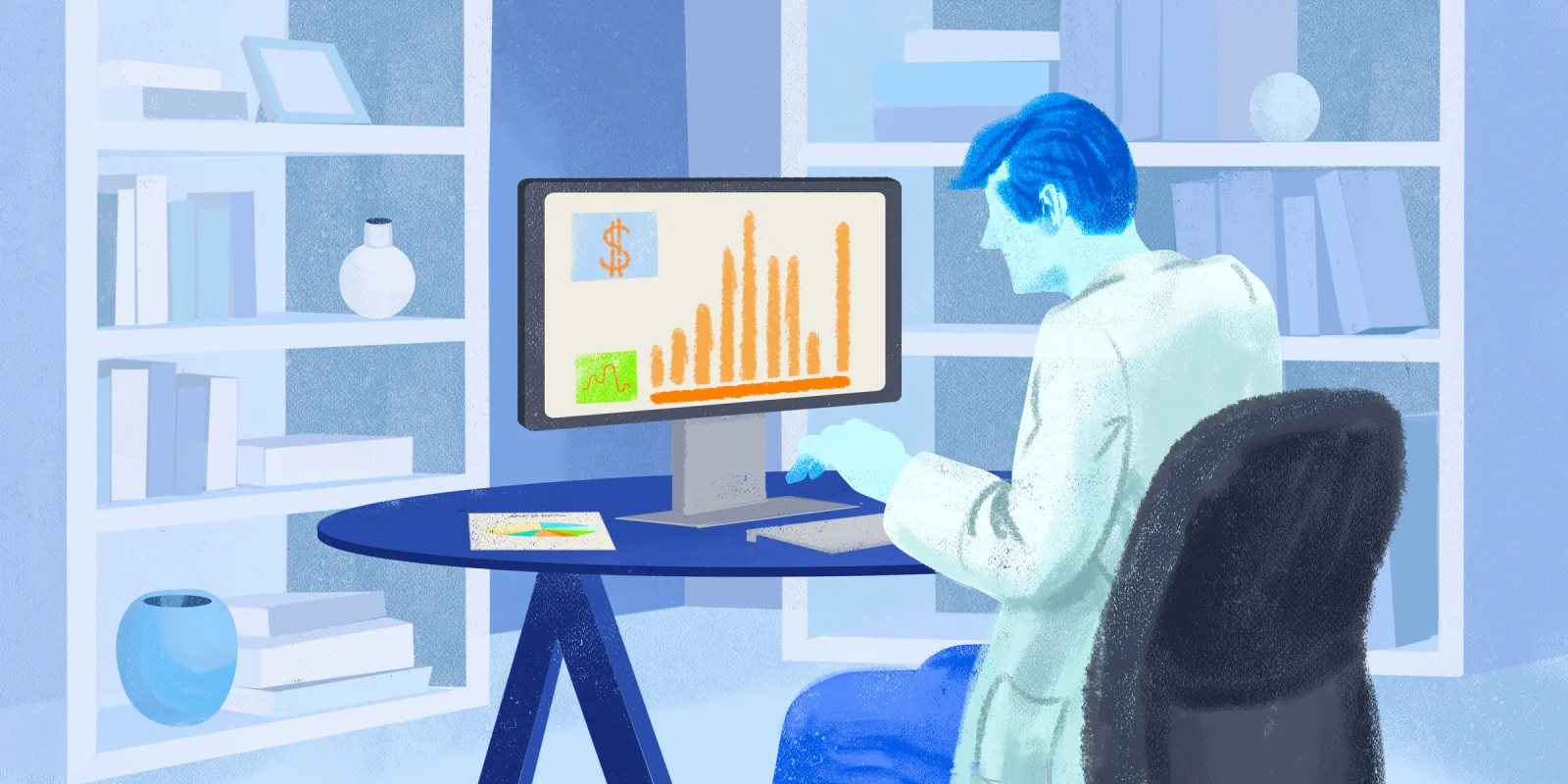In my former radiology group, I acquired the reputation as being a bit of a finance “nerd.” Partly this was because I served as a trustee for our group’s defined contribution and defined benefit plans — that is, our 401(k) and cash balance plans. Fellow radiologists would pepper me with questions regarding these plans, particularly the abstruse cash balance plan.
One of the most common questions I encountered — particularly from new hires — was whether to pay down debt or invest. I would always point out that paying down debt meant earning a return that was both known in advance and guaranteed. For example, paying down a loan with a 6% interest rate was equivalent to making an investment with a guaranteed 6% return. In today’s ultra-low interest rate environment, no investment comes even close to guaranteeing such generous returns.
Except some investments do come close. Right now, there is an investment that offers a guaranteed return of just over 7% and is essentially risk free. Although this may sound too good to be true, that’s exactly what Series I savings bonds offer.
I bonds are 30-year bonds issued by the U.S. Treasury, which are available to anyone who opens a free TreasuryDirect account. These bonds are the quintessential risk-free asset. Backed by the full faith and credit of the U.S. government, they have minimal credit risk. They also offer inflation protection, as their yields are indexed to inflation.
The yield on I bonds is the sum of two components: a fixed rate and an inflation rate. The fixed rate is set at the time of purchase, and remains fixed for the life of the bond. It’s currently 0%, so you can effectively ignore it.
The inflation rate component of the yield adjusts twice a year — the first business days of May and November. The just-updated, inflation rate for I bonds is 3.56%. This determines the interest earned over the next six months. Double it and you get the bond’s annual percentage rate (APR), which is 7.12%.
That’s not too shabby, particularly considering this return is risk-free. It sure beats the 0.06% average interest rate on savings accounts. In fact, according to TreasuryDirect.com, the 7.12% interest rate is the second highest ever for Series I savings bonds. This rate will be available through April 2022.
It’s important to understand that this rate would only apply for six months after your initial purchase. On May 2, 2022, the new inflation rate will be announced. If the Fed’s transitory inflation thesis is correct, and inflation slows next year, the interest rate on I bonds could fall. On the other hand, if inflation persists or accelerates, I bond yields would remain high and vastly outperform money market funds and savings accounts.
Another bonus: Unlike TIPS, or Treasury Inflation-Protected Securities, I bonds are protected against capital losses. Akin to a savings account, the principal value of an I bond can only increase. In the unlikely scenario that inflation is negative, the inflation rate on I bonds can never go below zero.
I bonds must be held for a minimum of one year after purchase. If you redeem an I bond before it’s five years old, you’ll lose the last three months of interest. Assuming a 7% interest rate, selling early would reduce your return for the final 12 months to 5.25%.
How many I bonds can you purchase? There is an annual limit of $10,000 per individual. That means a married couple with two children could buy up to $40,000 in total. If that family had a trust, another $10,000 could be purchased in the name of the trust, for a cumulative $50,000 in I bonds per year. Keep in mind, if you buy an I bond for a child through a custodial account, that constitutes an irrevocable gift.
I bonds also enjoy favorable tax treatment. Interest is subject to federal income tax, but is free from state and local income taxes. You can also defer reporting the interest on your federal tax return until you cash in your bonds or the bonds mature. If you hold an I bond to maturity, that’s 30 years of tax-deferred growth. Speaking of taxes, you can purchase up to an additional $5,000 in paper I bonds per year using your federal tax refund.
Don’t expect most advisors to recommend these bonds. I bonds are only available — commission-free — through TreasuryDirect.gov or when you file your tax return. As such, your advisor stands to gain little by having you invest in these wonderful bonds.
John Lim is a physician, financial blogger, and author of "How to Raise Your Child's Financial IQ" which is available in Kindle edition. You can follow John on Twitter @JohnTLim and read more of his writing at HumbleDollar.com.
Previously published on HumbleDollar.com.
Illustration by Jennifer Bogartz







